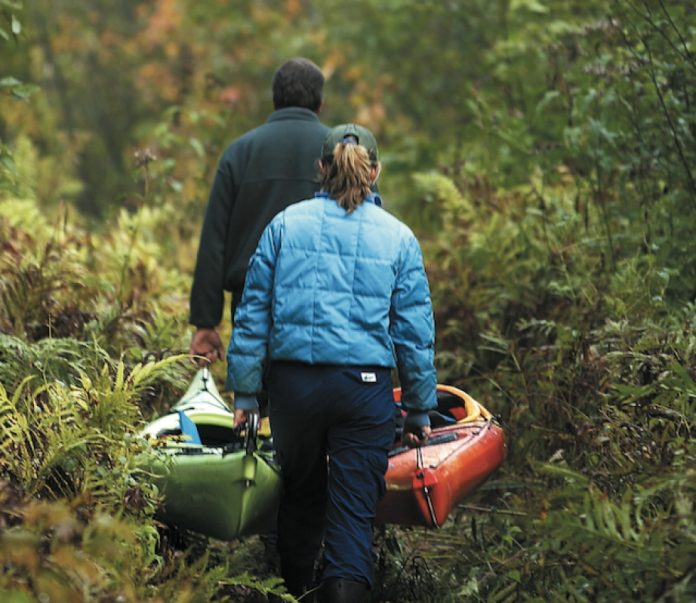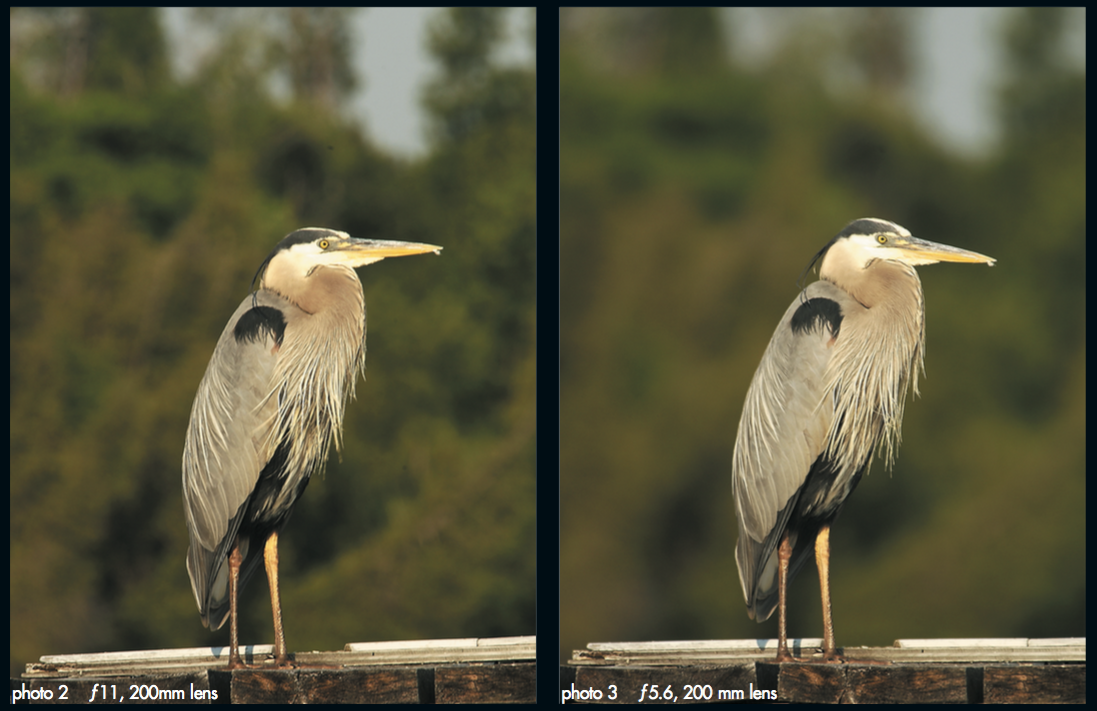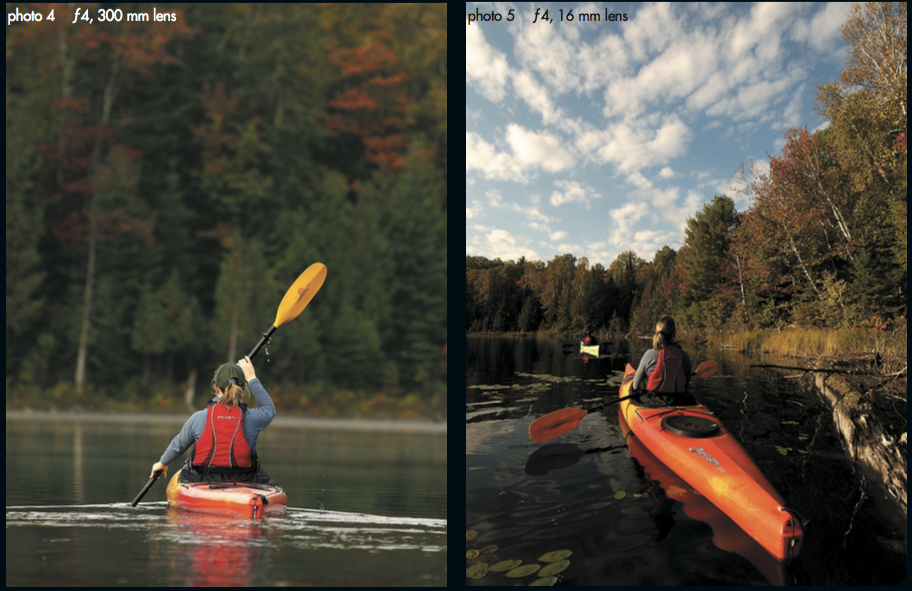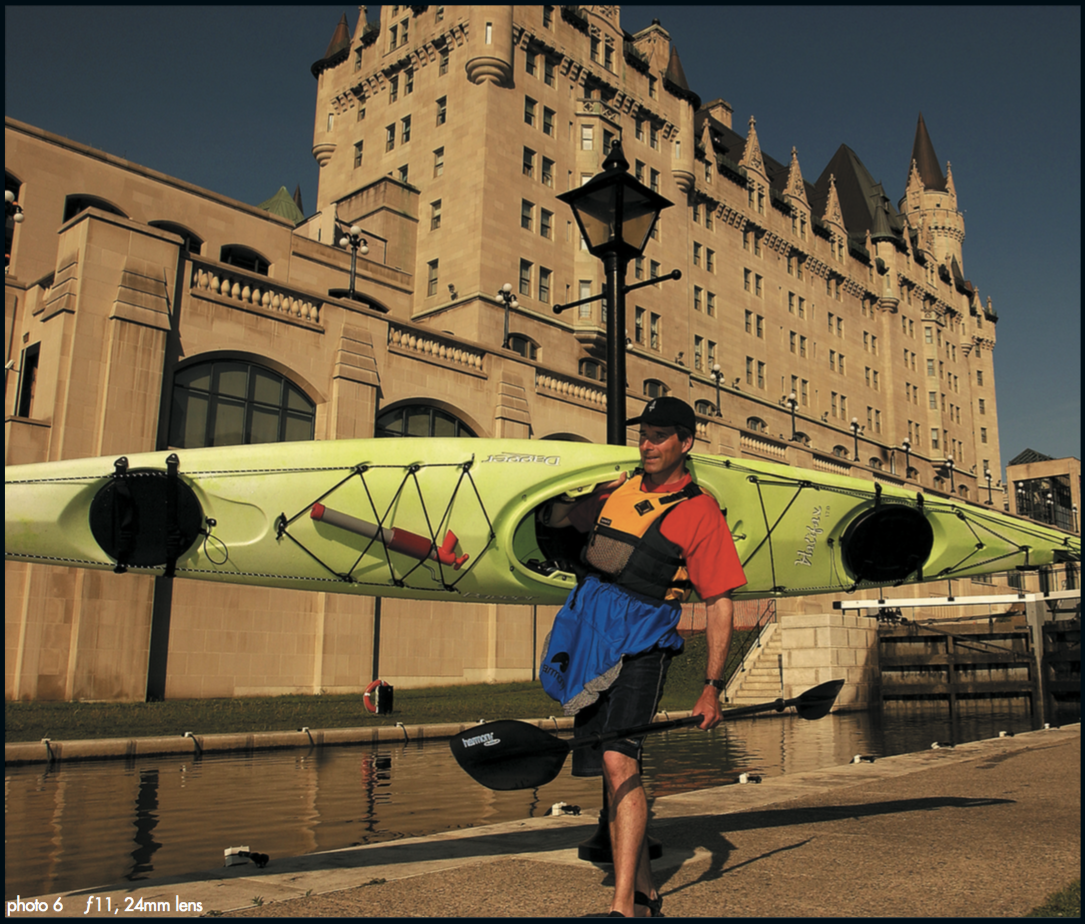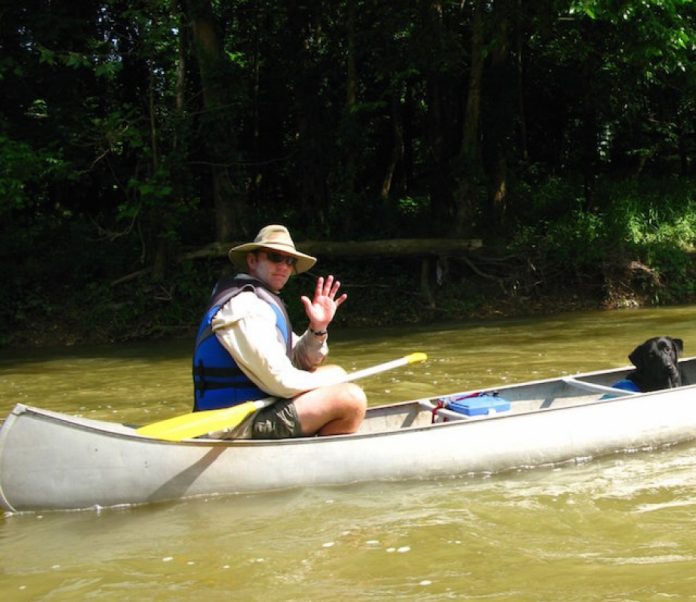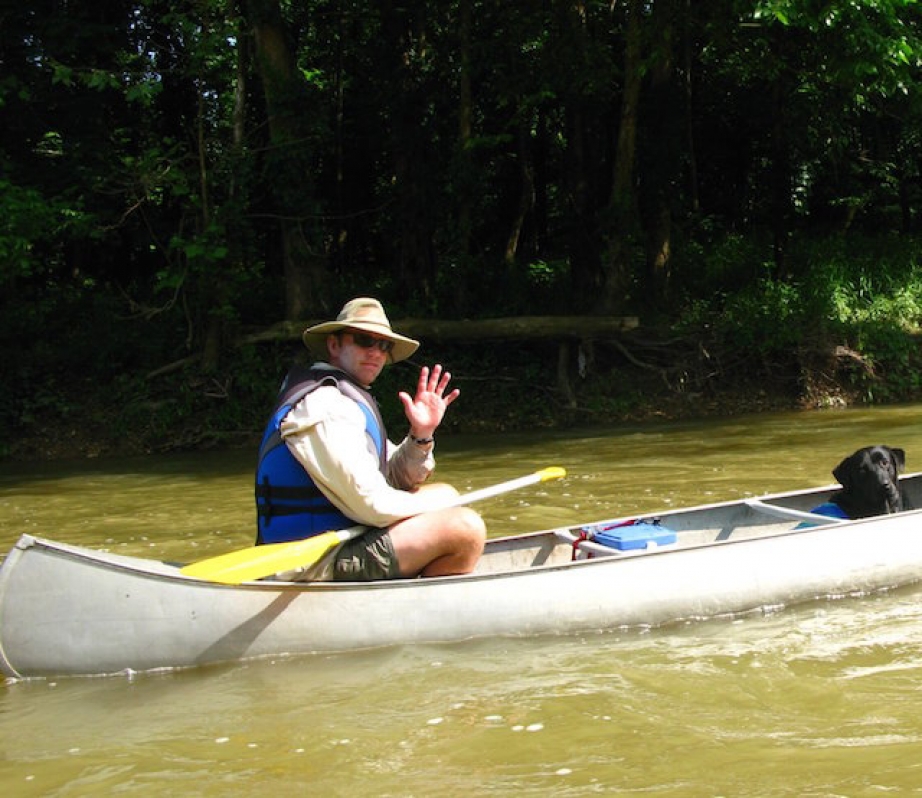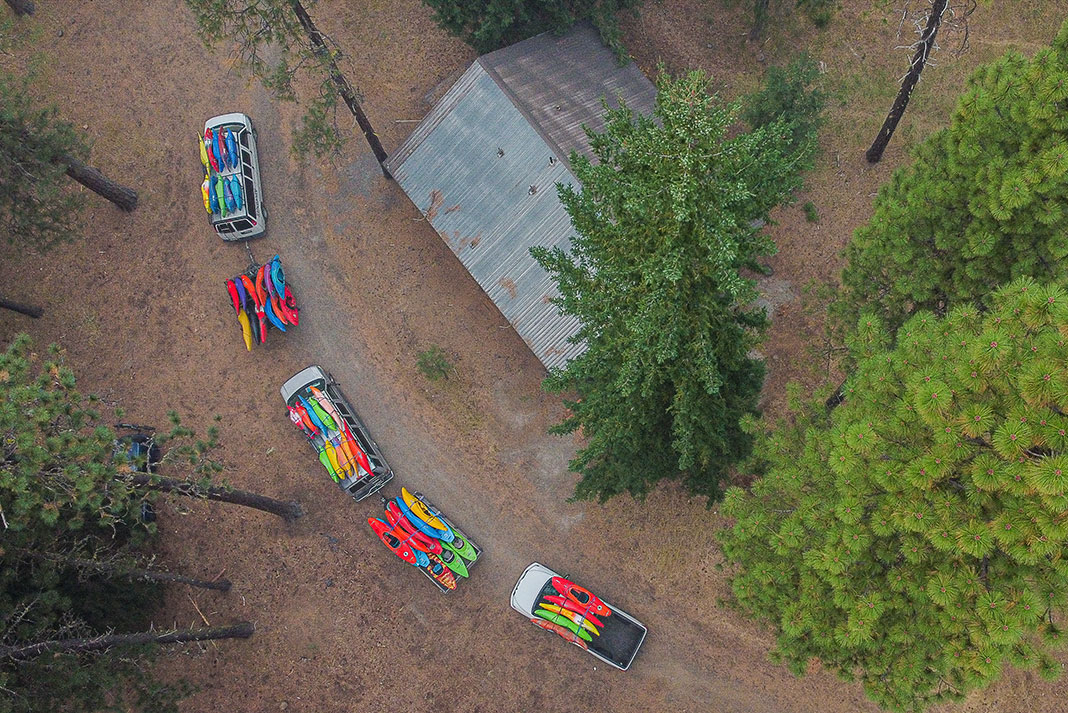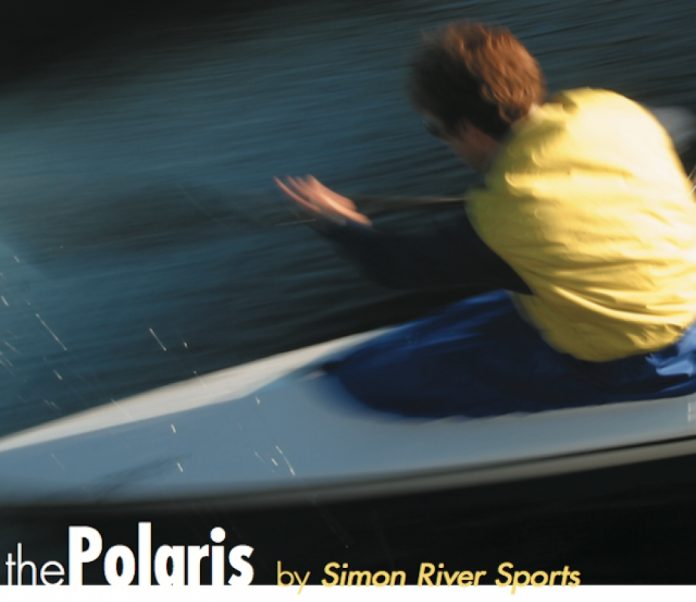“Are you ready?” asked some racer’s kid holding our stern by the grab loop. The shallow, swirling eddy waters below Whitehorse Falls on the Gull River were further confused by the other 23 bobbing open canoes waiting their turn to be released.
“Are you ready?” the kid asked again waiting for some acknowledgement, like a yes, so the man beside him with the clipboard and walkie talkie could begin the countdown.
For me, the countdown began six months earlier when I hung up the phone with Andy Walker who called to ask if I’d paddle the North American Open Canoe Slalom Championships in the bow of his Caption. I told Andy I was flattered; he told me that everyone else good already had a partner. It will be fun, he said, and besides he’d heard that at one time I was pretty good.
For the sake of every now-overweight high school football hero—elbows on a bar shelling peanuts, bragging about the good old days—I said yes.
“Hey, Mister! Ready?”
Sculling to keep the boat pointed toward the first gate, I felt like a six foot two inch praying mantis perched on an eight-inch foam pillar. It hadn’t occurred to me until just then that I hadn’t been in a open canoe in four years, seldom paddled in the bow, never paddle on my offside and had never run slalom gates.
Andy must have told the kid we were ready. The guy with the stopwatch yelled “GO” and as we wobbled toward the first gate, I realized what Andy had heard was right. I was pretty good… at one time.
At one time I was, at least in my own mind, a pretty hot open boater. Together, my old Ocoee and I danced, it following my lead, matching every step. Since then, paddling progressively shorter, lighter and “cooler” C1s, I’d lost my open boater self to planing hulls and too many squirt turns and cartwheels. Now I was back in my old neighbourhood but it wasn’t the same.
Dizzy, with arms like over-cooked spaghetti, and soaking wet, I dragged Andy’s boat up the stone dust trail beside the racecourse. I wasn’t disappointed in our time, by how many gates I slammed into, or that we rolled mid-race and floated the last two gates full of water. I was actually reasonably pleased with all that. What bothered me was that I’d lost that feeling, the strength, balance and unquestionable confidence that I once had.
That day at the OC Championships I knew, like every aging athlete, I had to make the choice: Get back in the saddle or take up my stool at the bar.
Hey, buddy! Pass the peanuts!
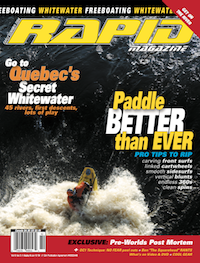 This article first appeared in the Early Summer 2004 issue of Rapid Magazine.
This article first appeared in the Early Summer 2004 issue of Rapid Magazine.



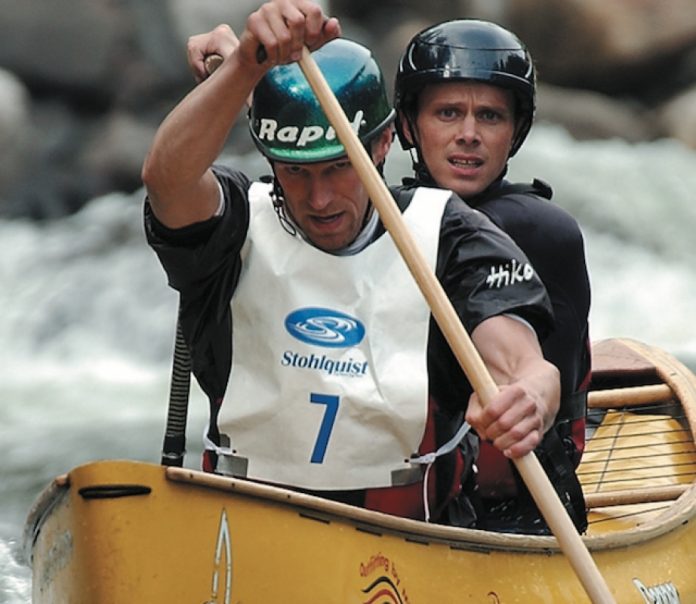
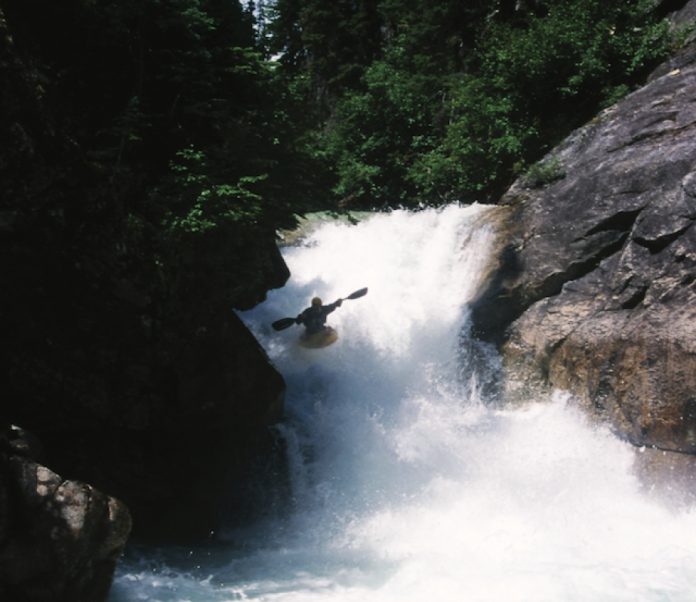
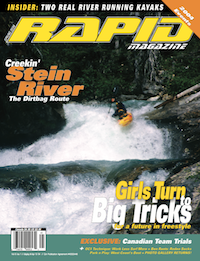 This article first appeared in the Spring 2004 issue of Rapid Magazine.
This article first appeared in the Spring 2004 issue of Rapid Magazine.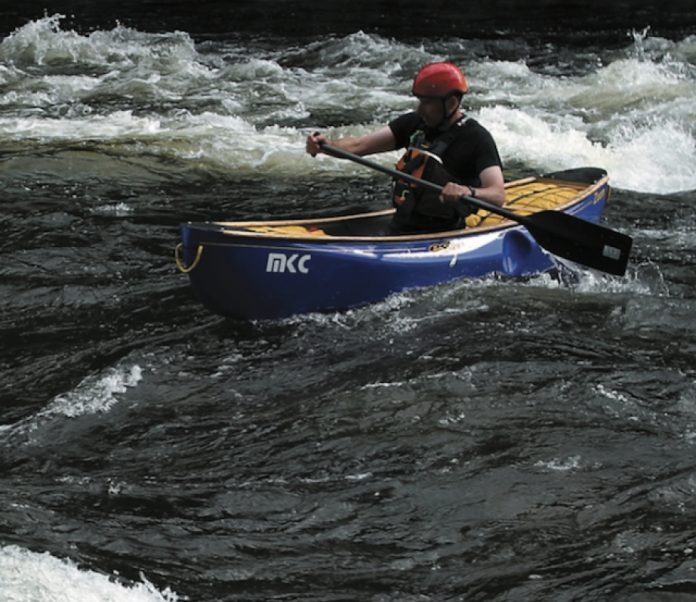
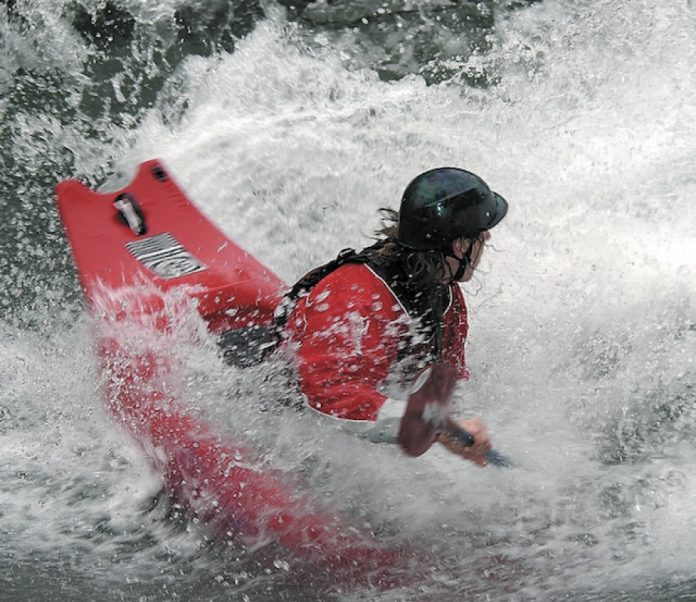
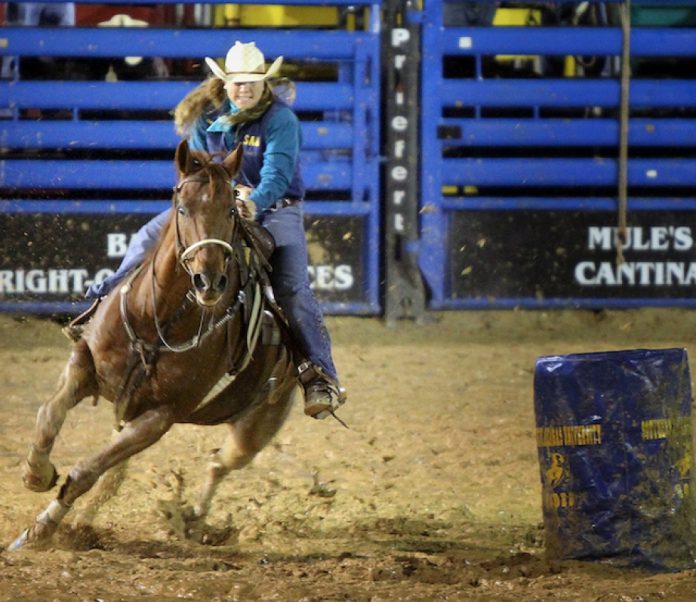
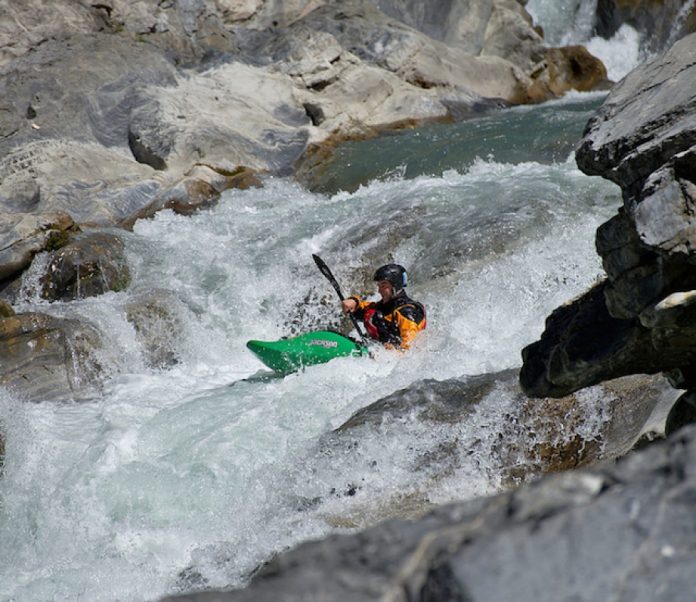

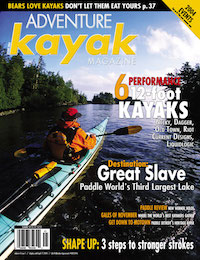 This article first appeared in the Spring 2004 issue of Adventure Kayak Magazine. For more great content, subscribe to Adventure Kayak’s print and digital editions
This article first appeared in the Spring 2004 issue of Adventure Kayak Magazine. For more great content, subscribe to Adventure Kayak’s print and digital editions 